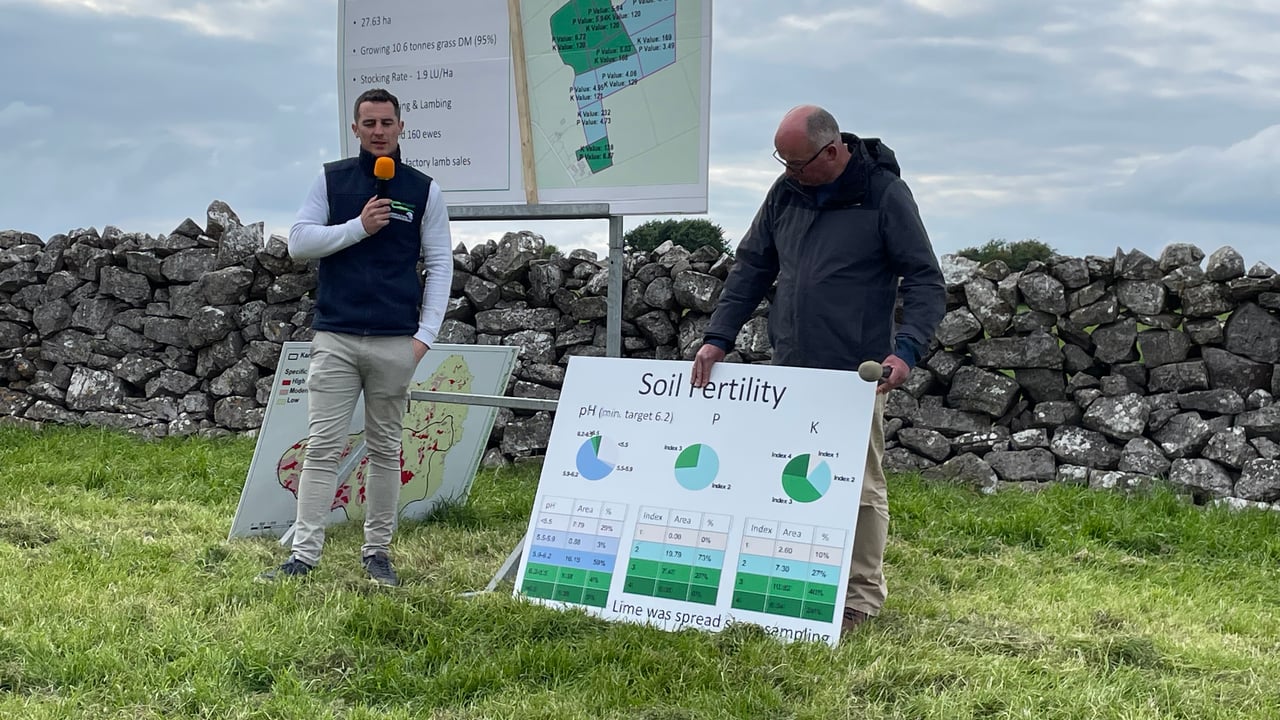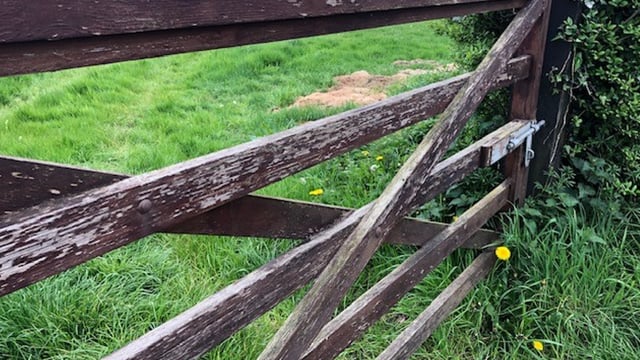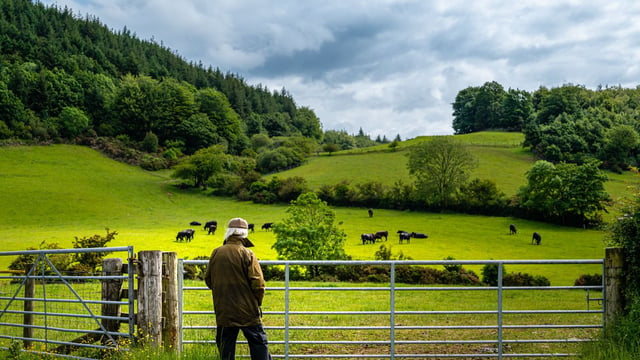IGA event hears of 'toughest year on record' for growing grass
This year (2024) to date has been described as "the toughest year on record" for growing grass at a recent farm walk which took place in Ballinrobe, Co. Mayo.
Speaking at the Irish Grassland Association (IGA) beef event the farm of Martin Shaughnessy, Teagasc advisor Kevin Madden explained the challenges farmers have faced this year.
He said: "As regards grass grown, it's probably been the toughest year I'd say on record for growing grass."
He added that the weather conditions experienced this year have made achieving high levels of grass growth more challenging:
"We had one of the wettest springs we ever had and top that off with a cold May and a cold June so far."
Despite the challenging conditions faced in the region, the Teagasc advisor praised the host farmers' efforts in sustaining high levels of animal performance predominantly off grass, saying: "He's still producing top-quality stock".
The IGA Beef Event focused on the host farmers' impressive animal performance both in his beef and sheep enterprises and how these levels of animal performance are being achieved with a core focus on the efficient utilisation of grass grown on the farm.
According to the latest grass growth update from Teagasc, cold weather has dropped growth rates back on Irish farms to 58kg/ha/day and 50kg/Ha/day respectively on Irish dairy and drystock farms.
The fall in growth rates has been partially attributed to a cooler northerly airflow, which has slowed down the regrowth of grass on paddocks that have been cut or grazed.
This cooler airflow which has been experienced this month is expected to continue to dominate until next week and Met Eireann has forecast "above average rainfall", which will be more welcome in some parts of the country than others.
The Teagasc advice to farmers whose grass covers drop below 150 Kg DM/LU and pre-grazing yields start to drop under 1,200kg DM/Ha is to hold rotation length at 21 days, increase the grazing area or introduce extra supplement.





